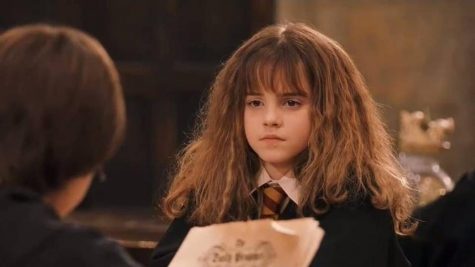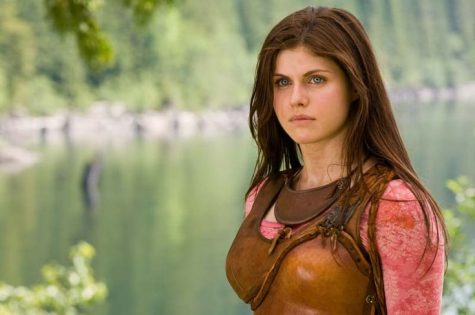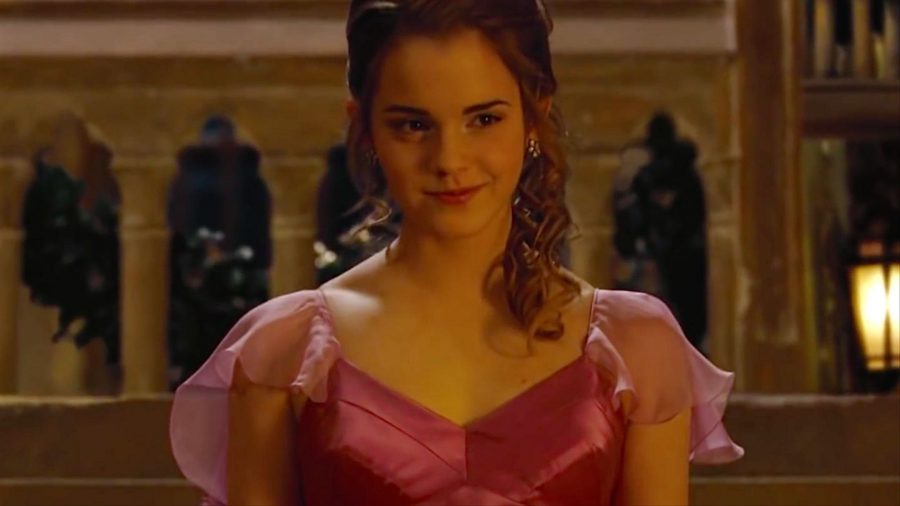Hermione, Annabeth, and Female Characters’ Physical Appearances
The negative impacts of changing female characters’ appearances in book-to-movie adaptations
Book-to-movie adaptations will inevitably have differences, but it’s important that the core elements of each—setting, characters, plot—stay true to the original. Casting in particular is an issue when the director does not understand the interrelationship between a character’s personality, physical appearance, and the impact that interrelationship on the audience. Specifically, female characters are often physically changed for the sake of casting convenience or beauty conventions, which completely disregards the real people in the audience who have those original attributes and see themselves in those original characters.
Some changes, of course, are miniscule and don’t drastically change the narrative. Harry Potter, for example, has green eyes in the books but blue eyes in the movies. This is not a huge deal because Harry’s eye color is not fundamental to his character; rather, the repeated observation of his eyes is borne from the resemblance they held to his mother’s. Thus the pair could have any eye color, as long as it was the same.

Other character changes, however, can’t be as readily dismissed. Hermione Granger is described to have frizzy bushy hair and buck teeth in the books, and the first two movies do somewhat adhere to this. Emma Watson is undeniably beautiful, but it would have been valuable to see those physical features remain in Hermione because the main focus on her character is her intelligence. Hermione is highly regarded and admired because of her ability to outsmart a situation; and while brainpower and beauty can most definitely coexist within someone, Hermione’s character reassures kids who do not fit European beauty standards that they hold value and importance in their smarts and work ethic—not their appearance. With Hermione being portrayed as conventionally attractive in the film adaptations, impressionable kids and teenagers can subconsciously project that standard onto themselves and undermine their own worth if they do not fit this ideal presented to them. By giving her an “ugly duckling transformation,” Hermione’s brilliance and devotion to her friends are no longer the focal points of her character; her beauty and physical appearance are, and therefore those same young girls who previously found solace in her no longer feel seen.

Annabeth Chase experiences a similar physical change in the Percy Jackson & the Olympians movie adaptation; she has blonde hair in the books, but dark brown hair in the film. Being the daughter of Athena, the goddess of wisdom and battle strategy, Annabeth has a natural inclination towards intellect. However, people have often doubted and ignored her for being a pretty blonde girl and seemingly not having anything to contribute besides beauty. In standing her ground and not letting her smarts be undermined, Annabeth dismantles the “dumb blonde” stereotype and acts as a role model for blonde kids (and young women in general) who have been discounted because of their appearance. The movie, however, dismisses Annabeth’s inspiring role by making her a brunette who can’t face the challenges brought by the “dumb blonde” stereotype, causing blonde kids to possibly doubt their value by wondering if the producers believed that being blonde and smart are mutually exclusive traits—because why else would they change Annabeth from blonde to brunette?
These physical changes may seem minute, but the omission of Annabeth’s blonde hair and Hermione’s frizzy hair disregards their empowering roles as intelligent, compassionate girls who are worth more than their appearance. In changing some small details of female characters particularly, movie adaptations can take away an essential part of the character and their development, as well as diminish the uplifting effect that these features have on young impressionable audiences looking for someone like them.


